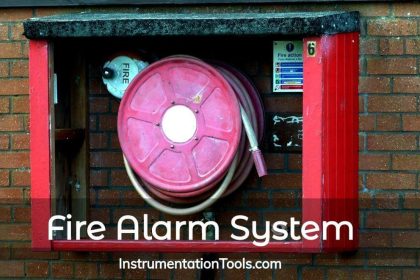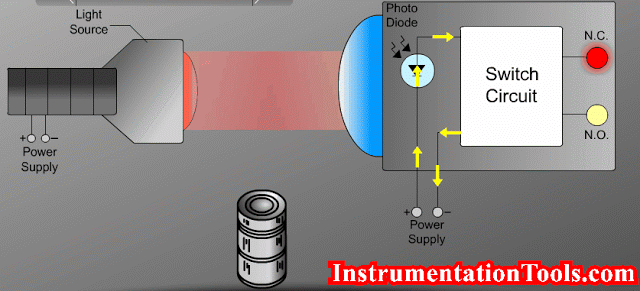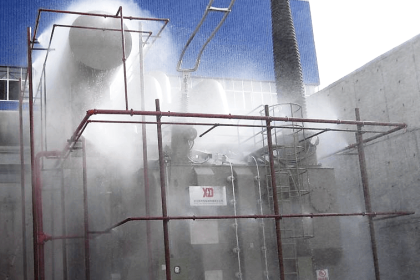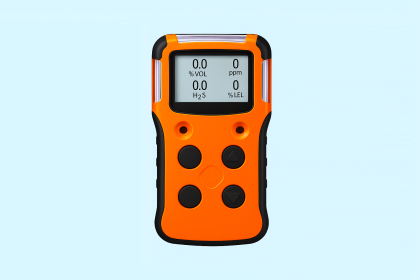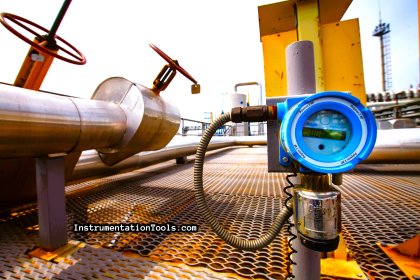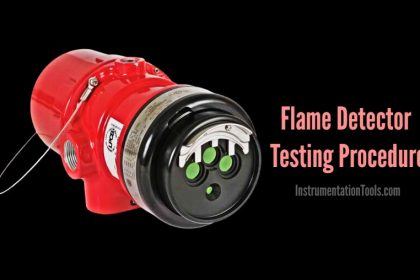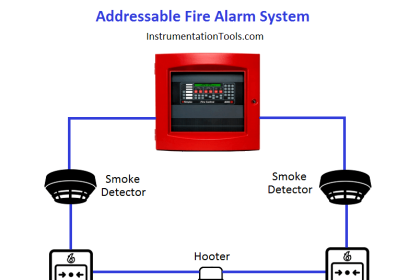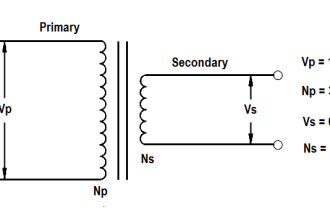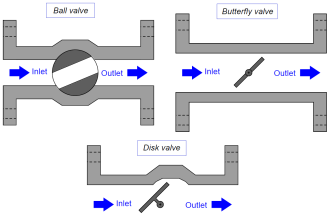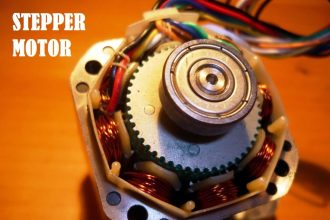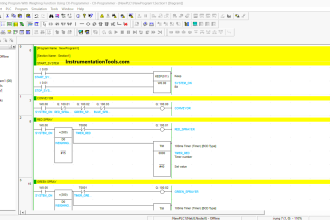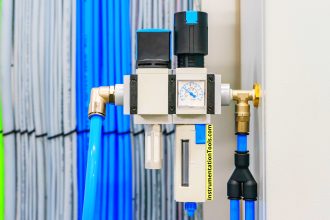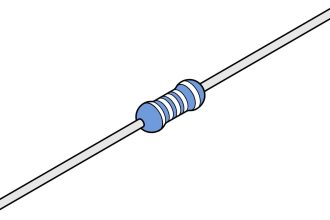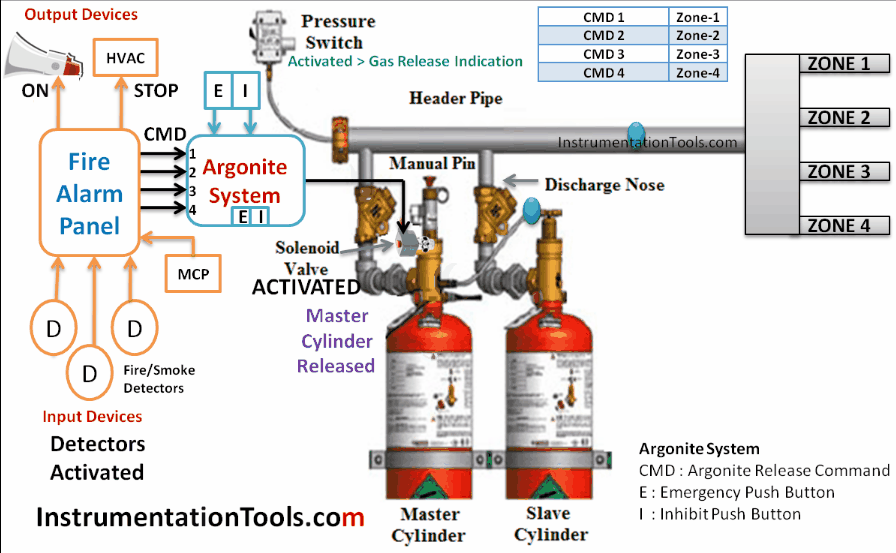Why Negative Readings in Gas Detectors ?
This is a common question that is frequently asked. As recently as today in fact. So, why do you sometimes see negative readings on your gas detectors/monitor?
All electrochemical or catalytic gas sensors can be prone to both positive and negative drift due to environmental factors such as changes in temperature and humidity. However these are not the most common causes of negative sensor readings.
Negative sensor readings more commonly occur when your instrument has been “zeroed” in a contaminated atmosphere, where small levels of the sensors’ target gasses are present. When the instrument is later in a clean-air environment, the sensors will show a negative reading that corresponds to the concentration on the contaminant that was present during the zeroing operation. For example, if there is 5 PPM carbon monoxide present when the sensor is zeroed, the reading will be -5 PPM when the sensor is returned to clean air.
Negative readings may also occur when the sensor is exposed to a gas that produces a negative cross interference. If a sulfur dioxide sensor, which typically has a -100% cross interference to nitrogen dioxide is exposed to 2 PPM NO2, the resultant sulfur dioxide reading on your instrument will be -2 PPM.
So, does this mean that you should avoid using sensors that have negative cross interferences to each other in the same instrument? Absolutely not! If you have NO2 and SO2 present in the same atmosphere, the only way that you can understand the true concentration of each gas is by having both sensors. In the example that we used above, if your atmosphere contained 2 PPM SO2 along with the 2 PPM NO2, the resultant SO2 reading due to the negative cross interference would be zero. The only way that you could know that you have 2 PPM SO2 present is by recognizing the presence of the NO2 gas and understanding its effect on the SO2 sensor. Eliminating one of the sensors from the instrument does not eliminate the hazard that it, and you, are being exposed to!
We will sometimes say that they have never seen a negative reading on an instrument before but they have recently changed monitors and now seem to see them all the time. This is because some manufacturers believe that negative readings only confuse users and mask them from their instruments. All negative readings are displayed as zero. This is a practice that can in fact serve to mask you from seeing and recognizing the hazards that exist. If an H2S sensor has an offset of -10 PPM due to drift or a false zero operation that has been masked by the manufacturer, exposure in a true concentration of +10 PPM will still produce a zero reading and a concentration of +20 PPM would only be displayed as 10. This situation would be easier to recognize if the negative reading was normally displayed in the first place.
So, while negative readings are puzzling and uncomfortable to most gas monitor users, they are not always a bad thing. If you understand the circumstances that cause the negative readings, you will get more information from your instrument and have a better understanding of the environment you are working in.
Author : Dave
Source : indsci
